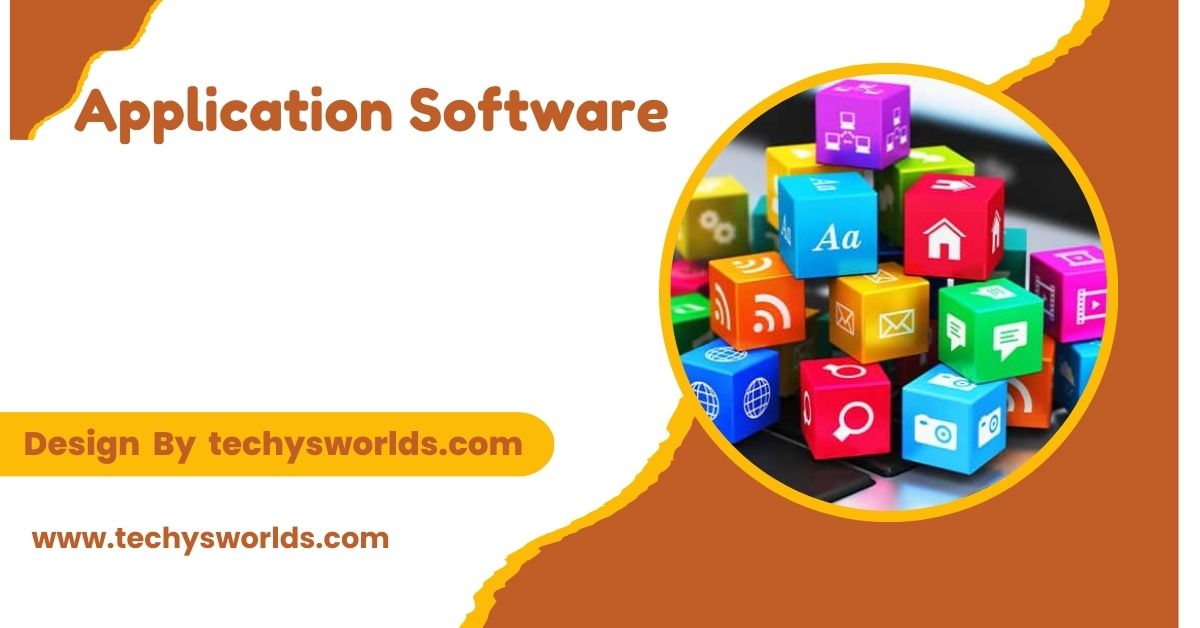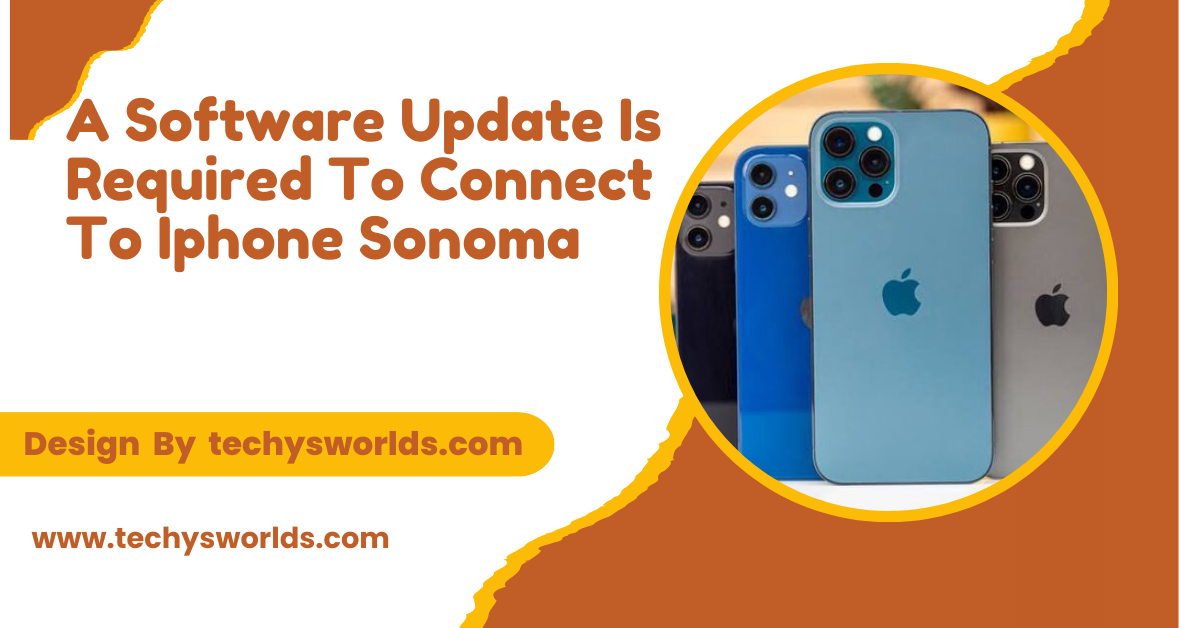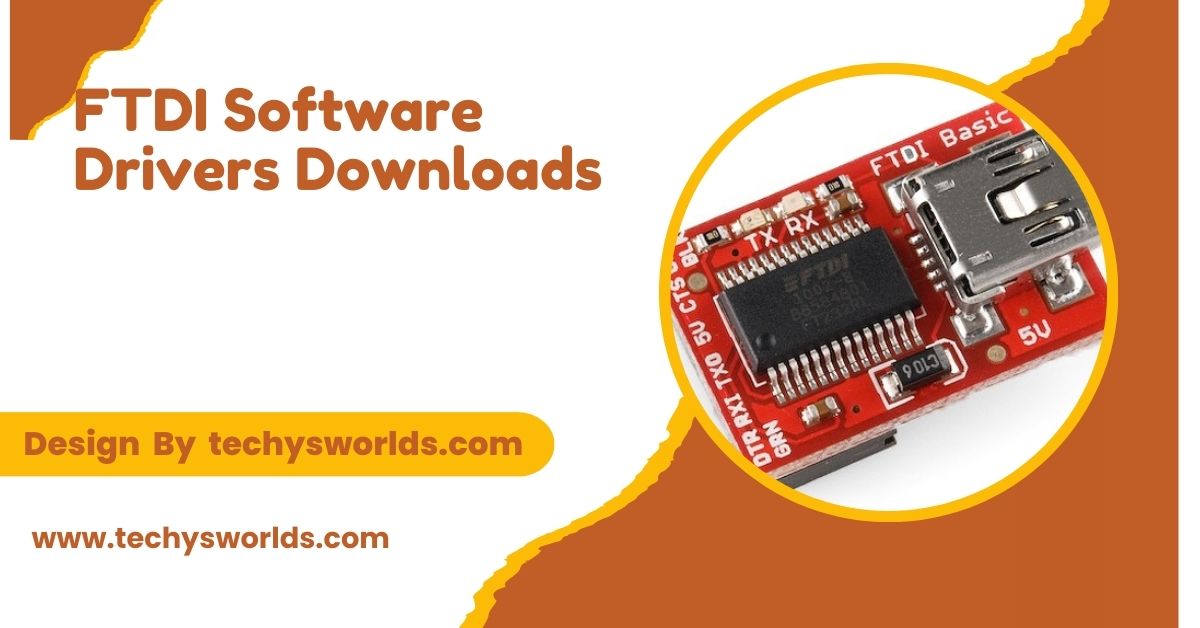Application software helps users perform specific tasks like writing, editing, and data management, and choosing the right one depends on functionality and compatibility.
This article provides an in-depth guide to application software, covering its types, key features, and tips on how to choose the right software for various tasks, from productivity to creative work.
What is Application Software?
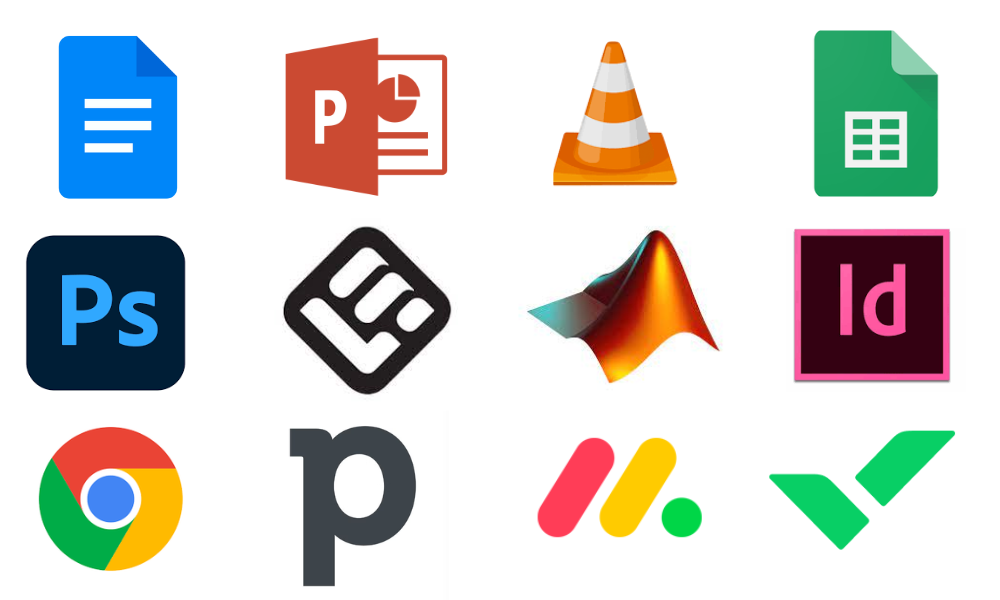
Application software refers to a collection of programs designed to help users perform specific tasks. Unlike system software, which manages hardware and operating systems, application software is built for direct interaction with users. Whether you’re creating documents, managing data, or editing images, these programs provide essential functions to make everyday tasks easier and more efficient. Popular examples include Microsoft Office, Adobe Photoshop, and web browsers like Google Chrome.
Application software is typically designed with a user-focused approach, meaning it is intuitive and tailored to address specific needs, whether for professional, educational, or personal use.
Types of Application Software:
Productivity Software:
Productivity software includes tools designed to enhance efficiency in personal and professional tasks. These programs help users create documents, manage data, and organize tasks, making them crucial for everyday activities. Examples of productivity software include:
Also Read: Software Developer Salary – Key Insights and Factors Affecting Pay!
- Word processing software (e.g., Microsoft Word) for creating and editing text documents.
- Spreadsheet software (e.g., Microsoft Excel) for managing numerical data and performing calculations.
- Presentation software (e.g., Microsoft PowerPoint) for creating dynamic slide-based presentations.
Creative Software:
Creative software enables users to express their creativity in fields like graphic design, video production, and music creation. These applications are essential for professionals in the creative industry and hobbyists alike. Examples include:
- Image editing software (e.g., Adobe Photoshop) for photo manipulation and graphic design.
- Video editing software (e.g., Adobe Premiere Pro) for editing and producing high-quality videos.
- Music production software (e.g., Ableton Live, Logic Pro) for composing, recording, and mixing music.
Web Browsers:
Web browsers are essential for navigating the internet. They allow users to access websites, stream media, and interact with online content. These applications are among the most widely used software in the world. Popular web browsers include:
- Google Chrome
- Mozilla Firefox
- Safari
Web browsers offer features like tabbed browsing, extensions, and syncing across devices for a smooth user experience.
Communication Software:
Communication software facilitates online interaction through email, instant messaging, and video calls. These applications are crucial for both personal and business communication. Examples of communication software include:
- Email software (e.g., Microsoft Outlook, Gmail) for managing email accounts and organizing messages.
- Instant messaging software (e.g., Slack, Microsoft Teams) for real-time messaging and team collaboration.
- Video conferencing software (e.g., Zoom, Google Meet) for remote meetings and virtual collaboration.
Database Software:
Database software is used to manage, store, and retrieve large amounts of data efficiently. These applications are vital in businesses and organizations that rely on data for decision-making and operations. Popular examples of database software include:
- Microsoft Access
- MySQL
- Oracle Database
Database software offers powerful querying and data management features, which help users efficiently manage large datasets.
Utility Software:
Utility software helps maintain and optimize the performance of a computer system. These tools are essential for troubleshooting, system cleanup, and protecting devices from threats. Common examples of utility software include:
- Antivirus software (e.g., Norton, McAfee) for protection against malware and cyber threats.
- Disk management software (e.g., CCleaner) for cleaning up unnecessary files and optimizing system performance.
- Backup software (e.g., Acronis True Image) for creating data backups and recovering lost data.
Key Features of Application Software:
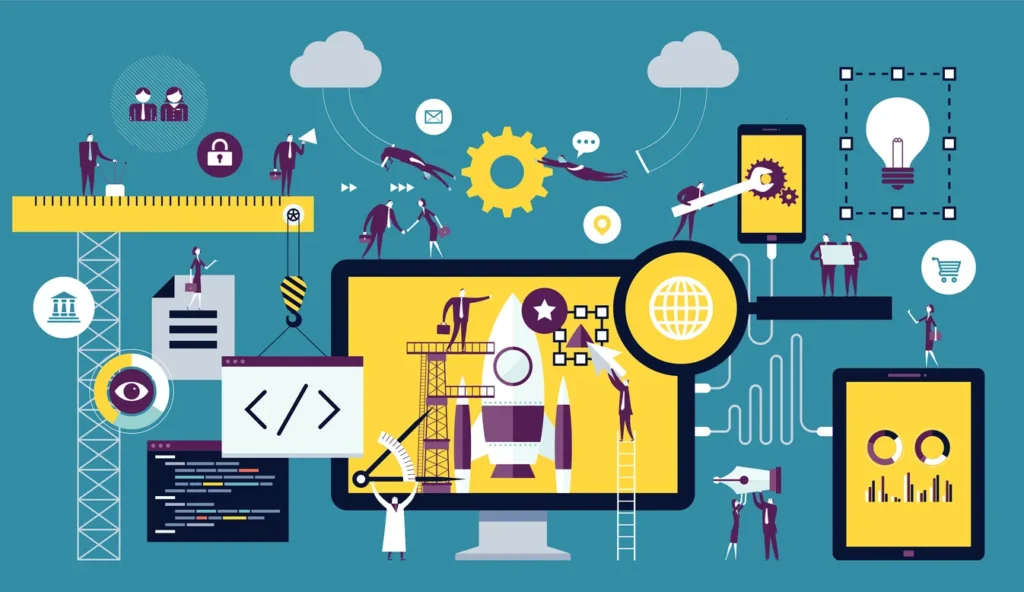
When choosing application software, consider the following key features to ensure it suits your needs:
- User Interface (UI) & User Experience (UX): An intuitive design that makes it easy to navigate.
- Performance & Speed: Fast operation, particularly for resource-intensive tasks like video editing and data analysis.
- Customization: Options to tailor the software settings, toolbars, and preferences to your needs.
- Integration: Seamless interaction with other software or platforms to improve workflow and efficiency.
- Security: Features like data encryption and multi-factor authentication to protect your information from cyber threats.
How to Choose the Best Application Software:
When selecting application software, keep the following in mind:
- Purpose & Functionality: Make sure the software fits the task you need it for, whether it’s for writing documents, managing data, or editing media.
- Compatibility: Check that the software is compatible with your device’s operating system (Windows, macOS, Linux, etc.).
- User Interface: Opt for software with a clean, intuitive interface, especially if you’re a beginner.
- Budget: Consider whether the software offers a free version, a trial, or fits within your budget for a one-time purchase or subscription-based plan.
- Support & Updates: Choose software with reliable customer support and regular updates to ensure its continued functionality and security.
FAQ’s
1. What is the difference between system software and application software?
System software manages the hardware and system operations of a computer, while application software helps users perform specific tasks like word processing or video editing.
2. Can I use application software without an internet connection?
Yes, many application software programs, like word processors and image editing tools, can be used offline. However, some cloud-based software requires an internet connection for full functionality.
3. What are some free application software options?
Popular free application software includes Google Docs (word processing), GIMP (image editing), and VLC Media Player (media playback).
4. How can I ensure the security of my application software?
Ensure your software has features like data encryption, multi-factor authentication, and regular updates. Always download software from trusted sources and use strong passwords for your accounts.
5. Can I use application software across multiple devices?
Yes, many cloud-based application software options like Google Docs and Dropbox allow you to sync your data across multiple devices for seamless access.
Conclusion
We explored application software, its various types, features, and how to choose the best software for your needs. Whether you’re working on documents, editing videos, or managing data, the right software can significantly improve your productivity. By understanding the features and functionality of different types of applications, you can make informed decisions and enhance your workflow.
Related Posts
Also Read: Valve Software – A Thorough Exploration!
Also Read: What Kind Of Software Is Reflector 4 – A Detailed Guide!
Also Read: What Software Do Financial Advisors Use To Watch Stock Market – A Deep Dive!
